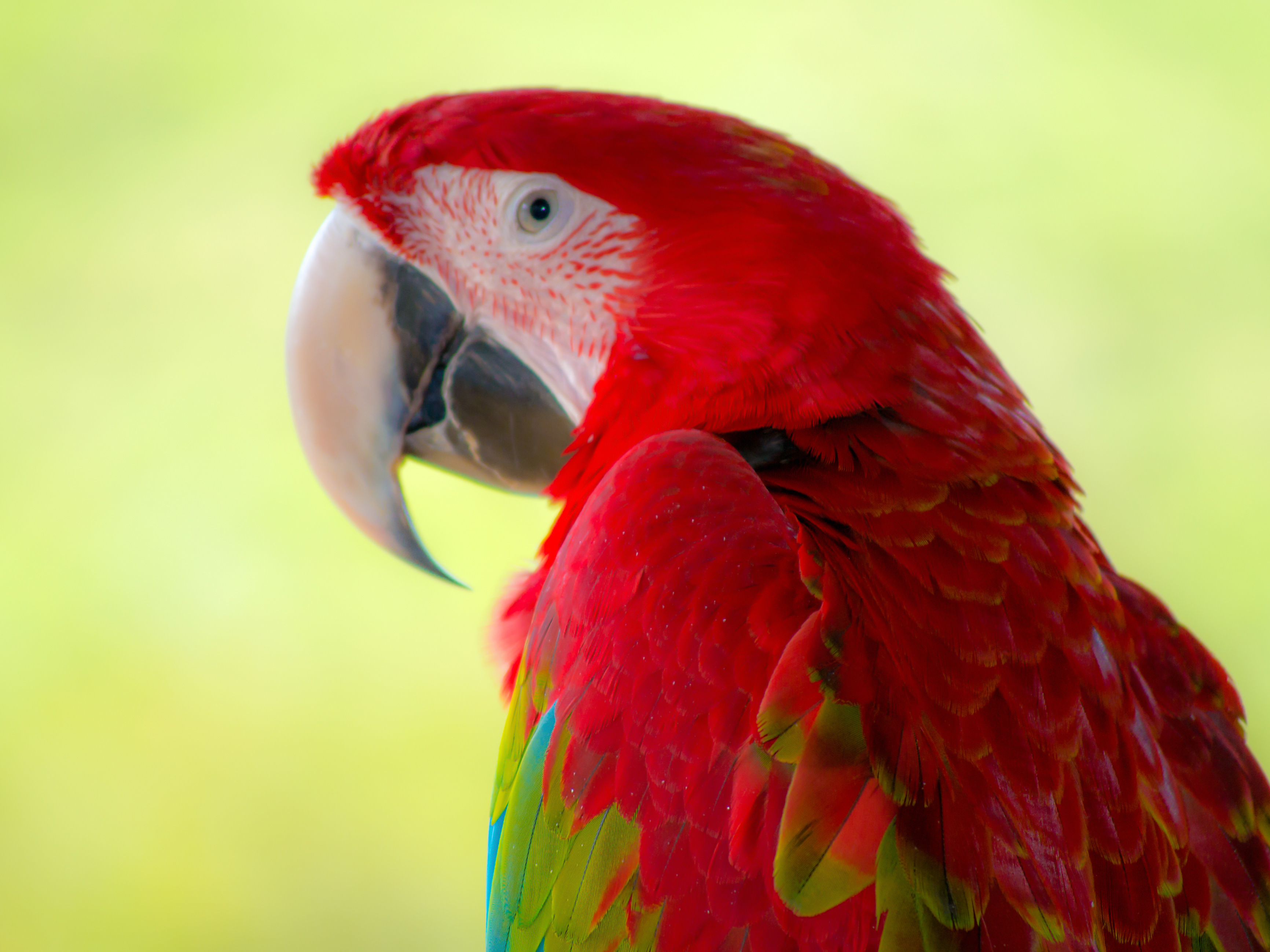About Brazilian Birds.
Silhouette of a male chupim (Shiny Cowbird)
Coruja-Buraqueira (Burrowing Owl / Lachucita de las viscacheras / Mochuelo de hoyo) Speotyto cunicularia
The burrowing owl is a small, long-legged owl found throughout open landscapes of North and South America. Burrowing owls can be found in grasslands, rangelands, agricultural areas, deserts, or any other open dry area with low vegetation.[2] They nest and roost in burrows, such as those excavated by prairie dogs (Cynomys spp.). Unlike most owls, burrowing owls are often active during the day, although they tend to avoid the midday heat. Like many other kinds of owls, though, burrowing owls do most of their hunting from dusk until dawn, when they can use their night vision and hearing to their advantage. Living in open grasslands as opposed to forests, the burrowing owl has developed longer legs that enable it to sprint, as well as fly, when hunting.
Tucanuçu (Toco Toucan / Tucán grande / Tucán troco) Ramphastos toco.
The toco toucan has a striking plumage with a mainly black body, a white throat, chest and uppertail-coverts, and red undertail-coverts. What appears to be a blue iris is actually thin blue skin around the eye. This blue skin is surrounded by another ring of bare, orange skin. The most noticeable feature, however, is its huge bill, which measures from 15.8 to 23 cm (6.2 to 9.1 in) in length, which is yellow-orange, tending to deeper reddish-orange on its lower sections and culmen, and with a black base and large spot on the tip.[3] It looks heavy, but as in other toucans it is relatively light because the inside largely is hollow. The tongue is nearly as long as the bill and very flat. This species is the largest toucan and the largest representative of the order Piciformes.[4] The total length of the species is 55–65 cm (21.5–25.5 in). Body weight in these birds can vary from 500 to 876 g (1.102 to 1.931 lb), with males averaging 723 g (1.594 lb) against the smaller female, which averages 576 g (1.270 lb). Among standard measurements, the wing chord is 22 to 26 cm (8.7 to 10.2 in), the tail is 14.1 to 17.9 cm (5.6 to 7.0 in) and the tarsus is 4.8 to 6.5 cm (1.9 to 2.6 in).[3] Other than the size difference, there is no external differences between the sexes. Juveniles are duller and shorter-billed than adults. Its voice consists of a deep, coarse croaking, often repeated every few seconds. It also has a rattling call and will bill-clack.
Sabiá-Do-Campo (Chalk-browed Mockingbird / Calandria común) Mimus [saturninus] saturninus.
The chalk-browed mockingbird (Mimus saturninus) is a bird found in most of Brazil, and parts of Bolivia, Uruguay, Paraguay, Argentina, and Suriname. It's a bird of open wooded areas, including urban and suburban gardens. It feeds on fruits, insects and small vertebrates.[2]
It has a large range (around 7,200,000 km²), and although its population has not been thoroughly surveyed, it is believed to be large as it is reported as "common" in parts of its range. It has been classified as Least concern by the IUCN. (BLI 2004)
Tiziu (Blue-black Grassquit / Semillero chirrí / Sierra-sierra / Arrocero negriazul / Semillero negro azulado) Volatinia jacarina.
The blue-black grassquit (Volatinia jacarina) is a small bird in the tanager family, Thraupidae. It was previously classified in the buntingand American sparrow family, Emberizidae. It breeds from southern Mexico through Central America, and South America as far as northern Chile, Argentina and Paraguay, and on Trinidad and Tobago. It is the only member of the genus Volatinia.
Below: Canário-Da-Terra macho / Saffron Finch male. / Over:Tiziu (Blue-black Grassquit)
In the image above Canário-Da-Terra macho / Saffron Finch male.
Canário-Da-Terra-Verdadeiro (Saffron Finch / Misto amarillo / Dorado / Jilguero común / Canario de tejado) Sicalis flaveola.
The saffron finch (Sicalis flaveola) is a tanager from South America that is common in open and semi-open areas in lowlands outside the Amazon Basin. They have a wide distribution in Colombia, northern Venezuela (where it is called "canario de tejado" or "roof canary"), western Ecuador, western Peru, eastern and southern Brazil (where it is called "canário-da-terra" or "native canary"), Bolivia, Paraguay, Uruguay, northern Argentina, and Trinidad and Tobago. It has also been introduced to Hawaii, Puerto Rico and elsewhere. Although commonly regarded as a canary, it is not related to the Atlantic canary. Formerly, it was placed in the Emberizidae but it is close to the seedeaters.
Canário-Da-Terra female / Saffron Finch female.
Anu-Preto (Smooth-billed Ani / Anó chico / Garrapatero común / Garrapatero piquiliso) Crotophaga ani.
The smooth-billed ani (Crotophaga ani) is a large near passerine bird in the cuckoo family. It is a resident breeding species from southern Florida, the Bahamas, the Caribbean, parts of Central America, south to western Ecuador, Brazil, and northern Argentina.
This ani is found in open and semi-open country and areas under cultivation. The nest, built communally by several pairs, is a deep cup lined with leaves and placed usually 2–6 m (6.6–19.7 ft) high in a tree. A number of females lay their chalky blue eggs in the nest and then share incubation and feeding.
Frango-D'água-Comum (Common Gallinule / Pollana negra / Gallintea de agua / Polla de agua común) Gallinula chloropus.
The common gallinule (Gallinula galeata) is a bird in the family Rallidae. It was split from the common moorhen by the American Ornithologists' Union in July 2011.[3] It lives around well-vegetated marshes, ponds, canals, and other wetlands in the Americas. The species is not found in the polar regions or many tropical rainforests. Elsewhere, the common gallinule is likely the most commonly seen rail species in much of North America, excepting the American coot in some regions.
Pica-Pau-Do-Campo (Campo Flicker / Carpintero campestre de garganta negra / Carpintero campestre) Colaptes campestris.
The campo flicker (Colaptes campestris) is a species of bird in the woodpecker family. It is found in a wide range of open and semi-open habitats in eastern Brazil, Bolivia, Paraguay, Uruguay and north-eastern Argentina, with isolated populations in Amapá and southern Suriname. Though it frequently can be seen in trees or bushes, it is among the very few woodpeckers that spends a significant portion of its life on the ground. It breeds in holes in trees, termite mounds or earth banks. It is generally common, and therefore considered to be of least concern by IUCN. The southern population has a white (not black) throat, and is sometimes considered a separate species, the pampas flicker (Colaptes campestroides).[2]
Balança-Rabo-de-Bico-Torto (Rufous-breasted Hermit / Colibrí pecho canela) Glaucis Hirsuta.
It is 10.7 cm (4.2 in) long and weighs 7 g (0.25 oz) on average. The bill measures around 3.3 cm (1.3 in) and is strongly decurved, long and thin – though compared to the bills of other hummingbirds, it is rather robust. The rufous-breasted hermit has a brownish head, bronze-green upperparts and rufous underparts. The tail has green central feathers and rufous outer feathers, all tipped white. The bill has a yellow lower mandible and a black upper mandible. Sexes are similar, but the male has yellow streaking on the upper mandible, and the female may be slightly duller in plumage. The bill of females is also proportionally a bit shorter (though this is hardly recognizable) and more decurved (which is quite conspicuous in direct comparison).[3]
Martim-Pescador-Da-Mata (Green-and-rufous Kingfisher / Matín-pescador selvático / Martín-pescador vientrirrufo) Chloroceryle inda.
The first formal description of the green-and-rufous kingfisher was by the Swedish naturalist Carl Linnaeus in 1766 in the 12th edition of his Systema Naturae. He coined the binomial name Alcedo inda.[2] Linnaeus based his description on George Edwards's "Spotted King's-Fisher" but mistakenly gave the type locality as India occidentali instead of Guiana.[2][3][4] Linnaeus's specific name inda is from the Latin Indus for India.[5] The current genus Chloroceryle was erected by Johann Jakob Kaup in 1848.[6]







